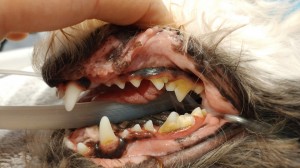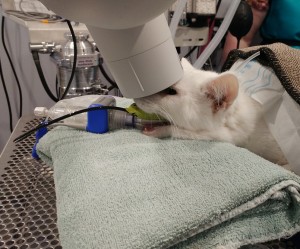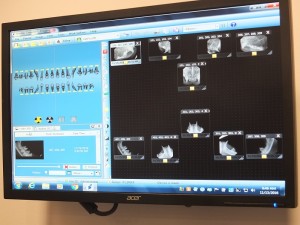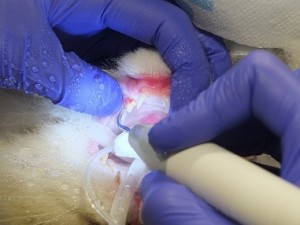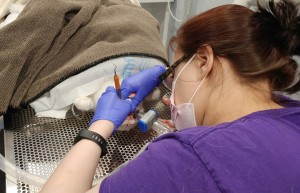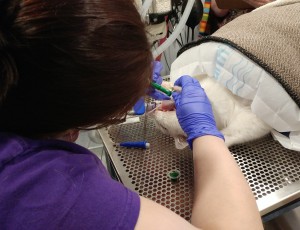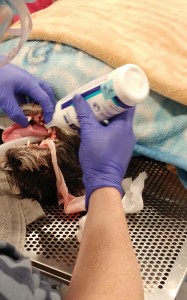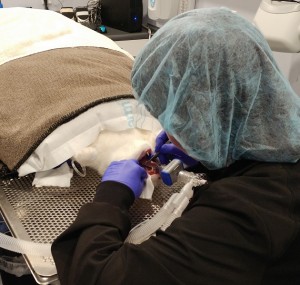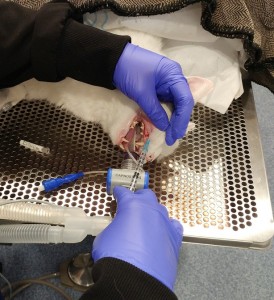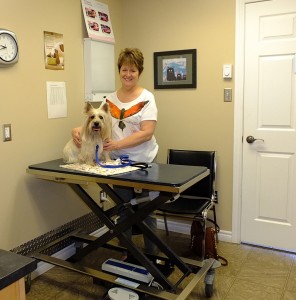Twelve Steps of the Teeth-Cleaning/Diagnostic Visit
A dog or cat dental cleaning means different things to different people. At Celtic Creatures the teeth-cleaning visit is a lot more than removing tartar from teeth. Our goal is to restore your pet’s mouth to its normal, fresh, healthy state. Having your pet’s teeth professionally cleaned is the single most important medical treatment you can give that will result in long-term health. We are serious about keeping your pet’s teeth as healthy as possible. During each teeth cleaning performed at our hospital there are twelve steps we take to ensure the best for your dog or cat.
What is involved in a teeth cleaning at our hospital?



